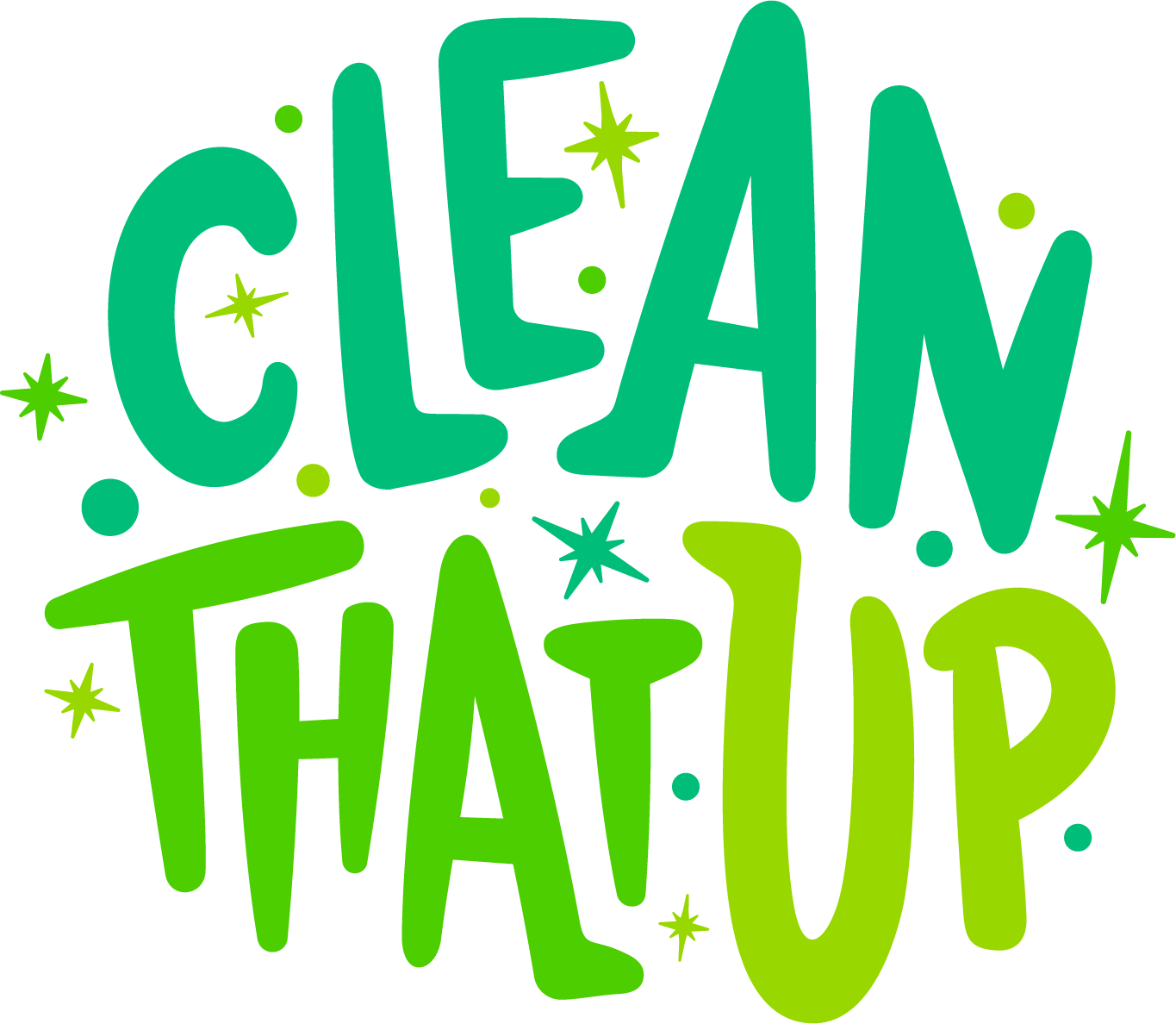When it comes to laundry day, most of us remember to toss in our sheets, duvet covers, and pillowcases, but forget one very important item: the pillows themselves. Over time, pillows collect sweat, body oils, drool, dust, and even skin cells. That build-up not only affects their freshness but can also impact your sleep quality. The good news? With the right steps, you can restore your pillows to their fluffy, clean, and like-new condition. Here’s the best way to wash your pillows safely and effectively.
What You’ll Need
Check the Tag Before You Wash
Before you toss any pillow into the washer, stop and read the care label. Not all pillows can be machine washed, and ignoring that tag could lead to a ruined pillow. Many polyester and down-alternative pillows are washer-safe. Just check for instructions such as “machine wash cold, gentle cycle, mild detergent.” If your pillow only shows laundry symbols, you can take a quick photo with your phone and swipe up to get the symbol meanings.
For memory foam pillows, never throw them in the washer. The agitation and moisture can cause the foam to crumble. Instead, remove the outer cover and wash that in the machine separately. The foam insert itself should only be spot cleaned. Checking the tag takes just a minute, but it can save you from a big mistake and ensure your pillows last as long as possible.
Pre-Treat Stains and Yellowing
Once you’ve confirmed your pillow can go in the washer, pre-treat any visible stains before you start. Pillows often develop yellow spots from sweat and drool, and these can be tough to remove without pretreatment. A simple and inexpensive option is 3% hydrogen peroxide. Spray the pillow generously until it’s damp, and let it sit for about 30 minutes. For heavily stained areas, use a soft brush to gently agitate the fabric so the cleaner can penetrate deeper.
If you prefer a laundry-specific solution, a stain remover like Tide Ultra Oxy is a great choice. Spray it liberally over the surface, focusing on problem areas, then lightly scrub with a brush. The oxygen bleach in the formula helps lift yellowing and brighten the fabric. Remember: pre-treating is about patience. Let your cleaner sit long enough to work before washing.
When to Replace Instead of Wash
If your pillow is old, flat, or covered in set-in stains, sometimes it’s best to skip the cleaning and replace it altogether. Pillows lose their support over time, and even after washing, an old one may no longer provide the proper neck alignment you need for restful sleep. Generally, if your pillow is more than five to ten years old, it’s time for a new one.
Cleaning a pillow that’s past its prime can take a lot of effort for minimal payoff. However, if your pillow still feels supportive and only looks a little dingy, washing is absolutely worth it. The right cleaning process can restore it to near-new condition, especially when you follow through with the right washing and drying techniques.
Machine Washing the Right Way
When loading your pillows into the washer, always balance the drum by placing one on each side. This helps prevent uneven spinning. Use a mild, fragrance-free detergent, especially since your face will be in close contact with your pillow. Select the “bulky” cycle if your washer has it, or the normal cycle if not. Always use cold water unless the care label says otherwise.
For best results, avoid overloading the machine. Two standard pillows or one large king-size pillow per wash cycle is ideal. After washing, inspect each pillow before moving to the dryer. If stains remain, pre-treat and wash again. Drying can permanently set stains, so make sure everything looks clean before moving on.
Spot Cleaning Memory Foam Pillows
If you’re working with a memory foam pillow, the cleaning process is gentler but still simple. Fill a spray bottle with warm water and a few drops of dish soap, Dawn works perfectly. Instead of spraying directly onto the foam, spray the solution onto a soft cloth or microfiber towel. Gently blot the stained area, then rinse the towel and blot again to remove any residue.
Be sure to avoid soaking the foam, too much water can cause it to lose shape. Once clean, place the pillow outside in the sun or in a well-ventilated area to air dry. The sun helps deodorize and freshen the foam naturally, so it’s worth the extra step.
Drying Your Pillows Properly
Before drying, give your pillows a quick fluff to help redistribute the filling. Toss in a few dryer balls or clean tennis balls to prevent clumping and speed up drying time. Always dry on low or no heat. High heat can damage the filling or outer fabric. The bulky or delicate setting works best, and patience is key. It may take an hour or more, but your pillows will come out fluffy, soft, and evenly dried.
After drying, do a quick touch test to ensure no moisture remains inside. If the pillow still feels damp, run another short cycle on low heat. Drying thoroughly is essential to prevent mildew or odor from forming later.
Keep Your Pillows Clean Longer
Once your pillows are clean, a few easy habits will help them stay that way. First, wash your pillowcases weekly when you change your sheets. Pillowcases trap oils and dirt, keeping your actual pillow cleaner. Second, invest in pillow protectors, a hidden layer of defense that goes under your pillowcase. These zippered covers block sweat, drool, and dust mites from reaching the pillow itself.
Lastly, aim to wash your pillows every 3–6 months. Regular maintenance keeps them fresh and extends their lifespan. With just a little care, you’ll sleep better knowing your pillows are clean, soft, and truly supporting you night after night.


